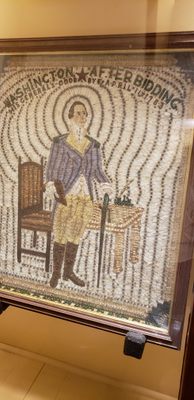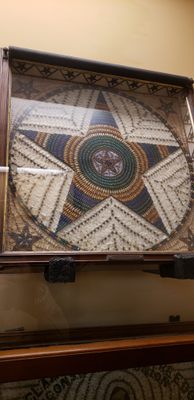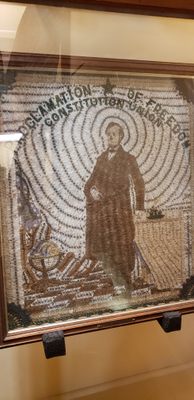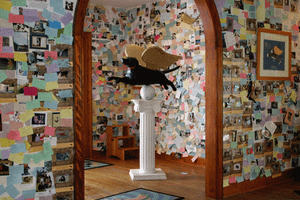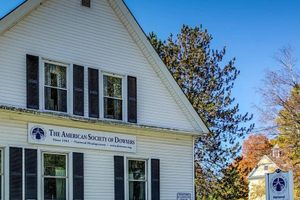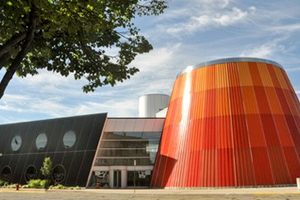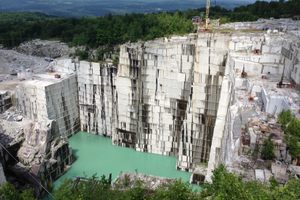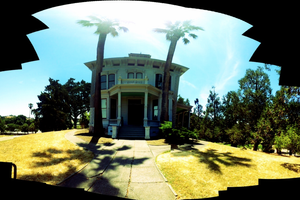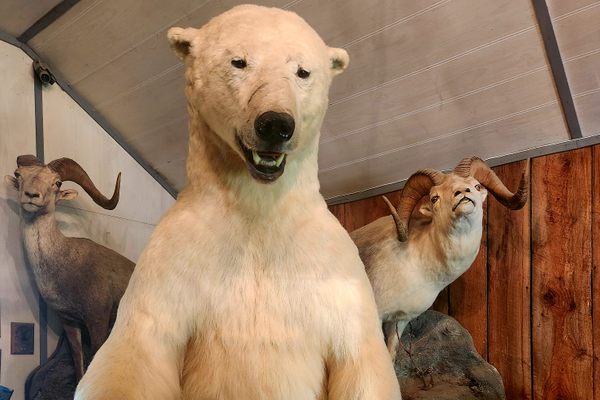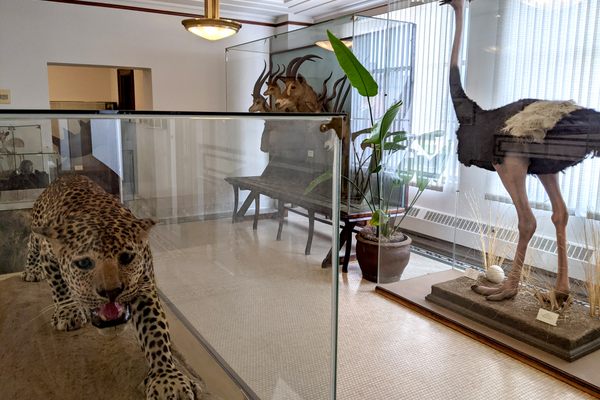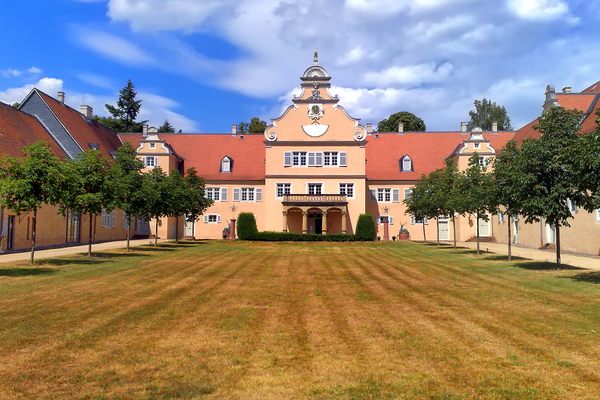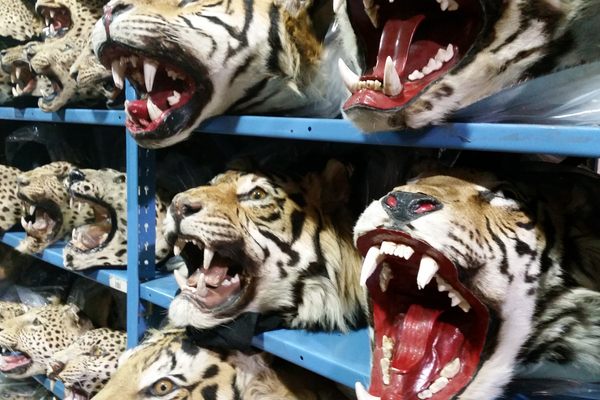About
Franklin Fairbanks led a pleasant life in northern Vermont.
A businessman who inherited the family trade of making scales and politician and served in the Vermont House of Representatives, Fairbanks was also an amateur naturalist—an amateur naturalist who had the time and money to spend on his hobby and friends in the field. Through the course of his life, he collected specimens from around Vermont and around the world, including unique birds from the Philippines and India, some of which have since become extinct.
Upon his death in 1895, he donated his collection and museum to his hometown of St. Johnsbury, VT. This founding donation is still the backbone of the unique natural history museum. Fairbanks also had a penchant for exquisite taxidermy, and he collected animal-group dioramas by a local talented taxidermist, William Everard Balch, who was known for whimsy and personality in his natural scenes.
Currently, more than 175,000 specimens make up the collection. The museum is trying to catalog and date all of their possessions and possibly find a larger home, though the Victorian building they are currently housed in is an important feature of the museum itself. (Though 85% of the natural history collection is on display, some items are kept in storage, including pickled specimens!)
Today, the museum has added Exploratorium elements including, Bug Art, Exploration Station, Wildflower Flower Table, Butterfly House and Eye on the Sky.
The museum also has the only public planetarium in Vermont. Special presentations happen every week, and there is a permanent exhibit on weather called Eye on the Sky.
National Geographic Adventurer magazine named St. Johnsbury's the #1 Small Town for Adventure. The town also features the Athenaneum, a historic library.
Related Tags
Community Contributors
Added By
Edited By
Published
June 10, 2010










